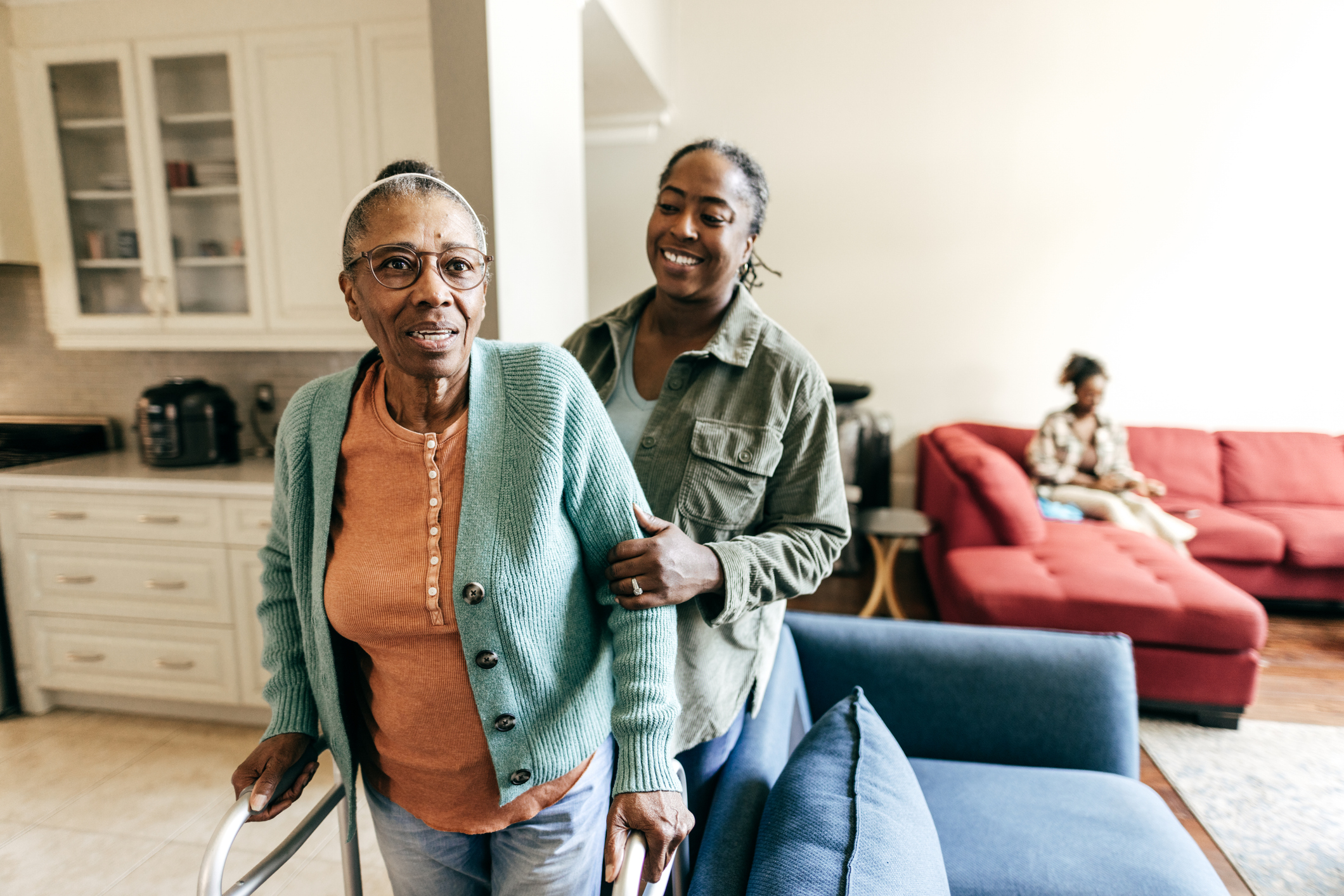First aid tips for older adults
When emergencies happen, there usually isn’t a medical professional around to help. That’s why first aid is important. First aid consists of the initial support provided to someone in a medical emergency, or care provided to someone with a minor injury.
The most common medical situations for older adults include minor falls, cuts and scrapes, and heat-related illnesses. Some basic first aid knowledge can help you prepare for possible emergencies.
Minor falls
According to the Centers for Disease Control and Prevention (CDC), one-third of adults 65 and older experiences a fall each year. If someone has fallen, first assess if they have been badly injured. If they can move on their own, help them find a comfortable sitting position before assisting them to get back on their feet. You can treat minor bumps and bruises by elevating the affected area and applying ice for about 10 minutes. If you suspect a serious injury, ask the person not to move and dial 911.
Minor cuts and scrapes
A minor cut or scrape can be treated by cleaning the wound of obvious dirt and debris with water, then covering the wound with a clean cloth. When the bleeding stops, wash the wound using soap and water. Keep the wound clean and covered. Applying antibiotic ointment can help promote healing. Watch for signs of infection, which include redness, swelling, increased pain and discharge from the wound. If you suspect a wound has become infected, seek professional medical treatment.
Heat-related illnesses
As we age, we become more likely to develop chronic conditions that affect our body’s ability to regulate temperature. Certain medications may also change the way our bodies respond to temperature changes. That’s why it’s vital for older adults to heed the warnings of extreme heat and stay in air-conditioned places as much as possible during hot weather. If older adults do go out during times of moderate heat, they should apply sunscreen, wear appropriate clothing and stay hydrated.
It’s important to know the signs of heat exhaustion and heat stroke. According to the CDC, symptoms of heat exhaustion include heavy sweating; headache; clammy skin; a fast, weak pulse; nausea; tiredness; weakness and muscle cramps. Heat exhaustion may be alleviated by moving the person to a cooler place, loosening their clothing and having them sip water. Dial 911 if the person begins vomiting, or if symptoms worsen or last for more than one hour.
Heat stroke is a medical emergency. Symptoms include a body temperature of 103° or higher; hot, red, dry or damp skin; a fast, strong pulse; dizziness; nausea; vomiting; headache and loss of consciousness. If you suspect someone is suffering from heat stroke, dial 911. Then move the person out of direct heat and help them cool off with wet towels until help arrives.




